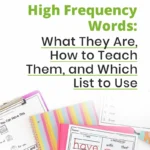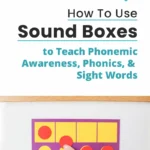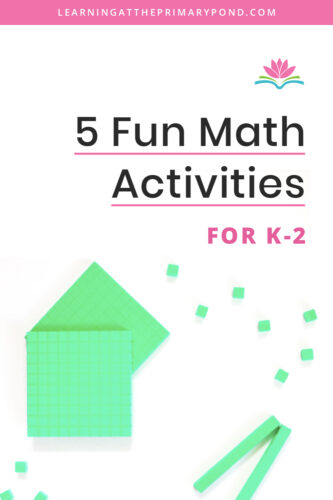If you know anything about the English language, then you know it can be tricky! I mean, just think about how the “ough” pattern is pronounced in the words “enough,” “cough” and “through!” ? Many, many words in English DO follow patterns, but there are also quite a few irregularly spelled words.
In this post, I’m going to explain what irregularly spelled words are, how to teach them to your students, and how you can help your students “map” these words.
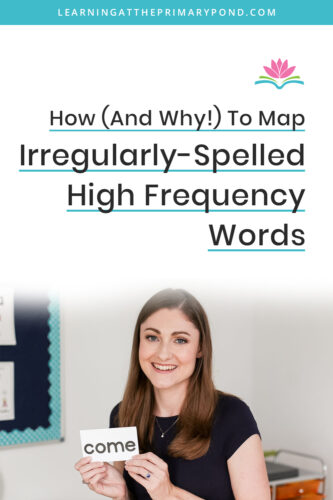
What Are Irregularly Spelled Words?
Irregularly spelled words are words that don’t follow “typical” letter-sound correspondences.
For example, in the word “would,” we might expect the sounds to be /w//ow//l//d/. But in reality, the sounds are /w//oo//d/, with the /oo/ sound like the one in “foot.” Therefore, “would” can be considered to be irregularly-spelled.
Contrast this with a word like “him.” The sounds are /h//i//m/, with a short i. This matches what we would expect for the sounds, based upon the “rules” and typical letter-sound correspondences in English.
When I’m teaching an irregularly spelled word to my Kindergarten, first grade, or second grade students, I usually explain that a word has a “tricky part” or a “surprising part.” I want my students to learn about that tricky part and how the sounds are different from what they would expect (more on this later).
Irregularly spelled words often come up when I’m teaching high frequency words – which you may call “sight words” (you can read an explanation of the difference in this post).
High frequency words are words that appear frequently in text. High frequency word lists like the Dolch and Fry were created from someone tallying up the words in beginning books to see which words appear most frequently. Because these words appear often in texts, knowing them makes it easier for students to read and write!
Some – not all – high frequency words are irregularly spelled (like “would”).
What’s the Best Way To Teach Irregularly Spelled Words?
When I was in college (and even afterward), I was taught to have students “memorize” high frequency words just by looking at them. With the irregularly spelled words, the idea was that “since they don’t follow a pattern, students just need to remember them.”
However, that’s not entirely true! While students DO need to learn and remember the “tricky parts” of words like “would,” they actually need to apply phonics (letter-sound) knowledge to reading all words, even the irregularly spelled ones.
See, our brains don’t learn words differently just because they are irregularly spelled. Our brains learn words through a process called orthographic mapping, which you can learn more about in this video. Through that process, our brains connect the spelling of a word to the sounds in a word.
Again, this is true even if the word is irregularly spelled! Check out this really interesting quote:
“McGeown, Medford, and Moxon (2013) found that students with good phonic decoding skills took a more phonemic approach to sounding out irregular words than those who…relied more on the overall look at the word. Those approaching irregular words phonically were more successful at reading them correctly than those who used the more “visual” approach.” (Citation: Kilpatrick, David A. “Essentials of assessing, preventing, and overcoming reading difficulties.” Hoboken, New Jersey: Wiley, 2015.)
When we teach a high frequency word – even an irregularly spelled one – we want to talk to our students about the meaning of the word, the sounds in the word, and the spelling of the word. When we talk about “would,” for example, we can point out that the w represents the typical sound, as does the letter “d” at the end, but the letters o, u, and l are working together to represent that surprising vowel sound.
This helps them learn the word more quickly and effectively than if we simply placed it on a flashcard and told them to “memorize” the word.
How Can You Use Word Mapping to Teach Irregularly Spelled Words?
Word mapping is a strategy that helps kids make connections between the sounds and spelling of a word (like we just discussed).
To map a word, you take the letters and place them into sound boxes. Each box = 1 sound.
Check out the example below with the irregularly spelled word “said.” Notice how the s is in one box because it represents one sound, /s/. The a and i are in one box because they work together to represent one sound, the short e sound. And then the d is in one box, representing the /d/ sound in the word.
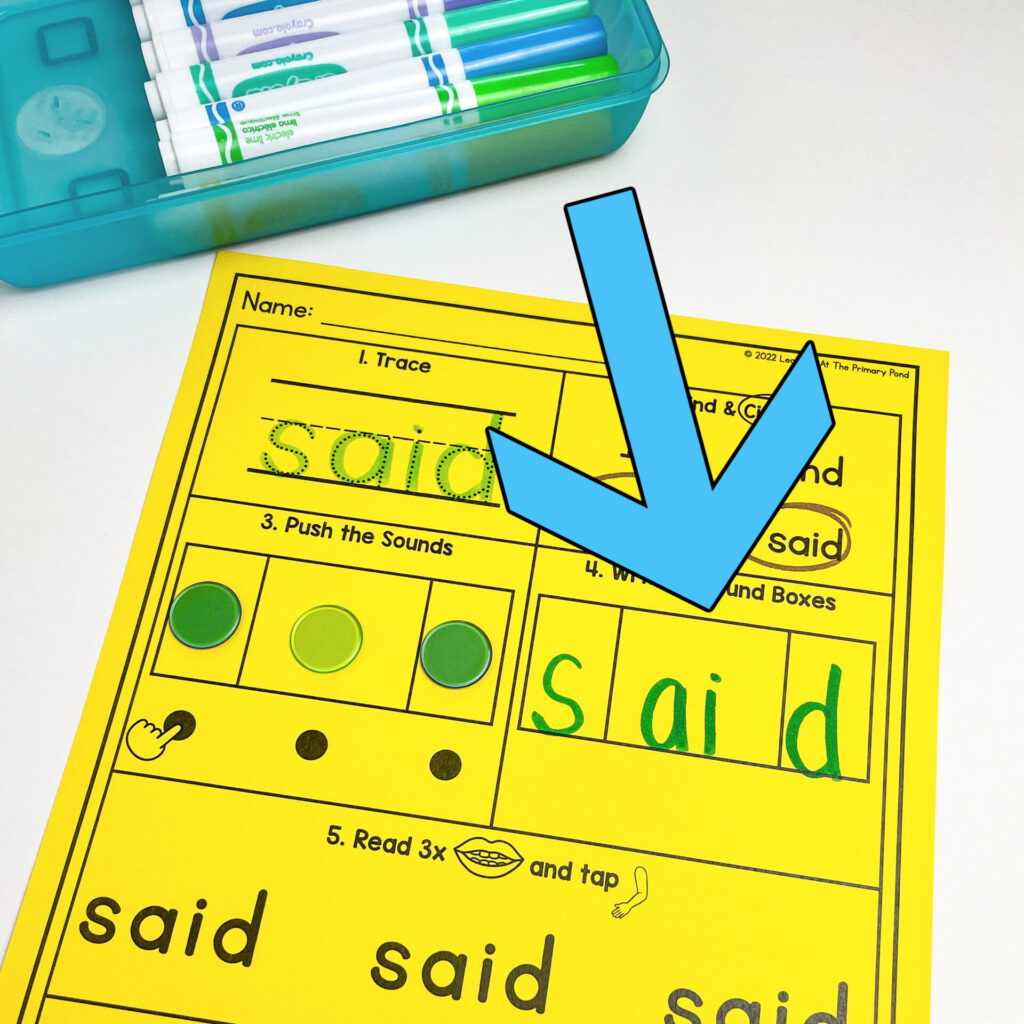
If it’d be helpful to watch a video to see me model this, click here!
Let me walk through a few more examples of irregularly spelled words (I use lines to show you where the sound boxes would go):
what –> | wh | a | t |
The tricky part in “what” is the a representing the schwa sound (which sounds like the short u in this word).
buy –> | b | uy |
The tricky part in “buy” is the “uy” representing the long i sound.
who –> | wh | o |
On this one, you can say that both the sounds are tricky! “Wh” does not represent the typical /w/ sound. Instead, it represents the /h/ sound. And the o is representing the /oo/ sound – even though it’s in an open syllable and would typically represent the long o sound, like in “go.”
give –> | g | i | v | e
Okay, this one’s a little extra complicated! First, I actually use an “open” sound box (that doesn’t have a top or right-hand side) for the silent e, because it doesn’t represent a sound (no sound = no box). Second, the sound of the i is what’s tricky in this word, because with a silent e, normally we’d expect the i to be long. But it’s not! “Give” has the short i sound. The e is just an “add on” that exists simply because English words can never end with the letter v.
Word mapping works for regularly spelled words, too! Check out this example with “that.”
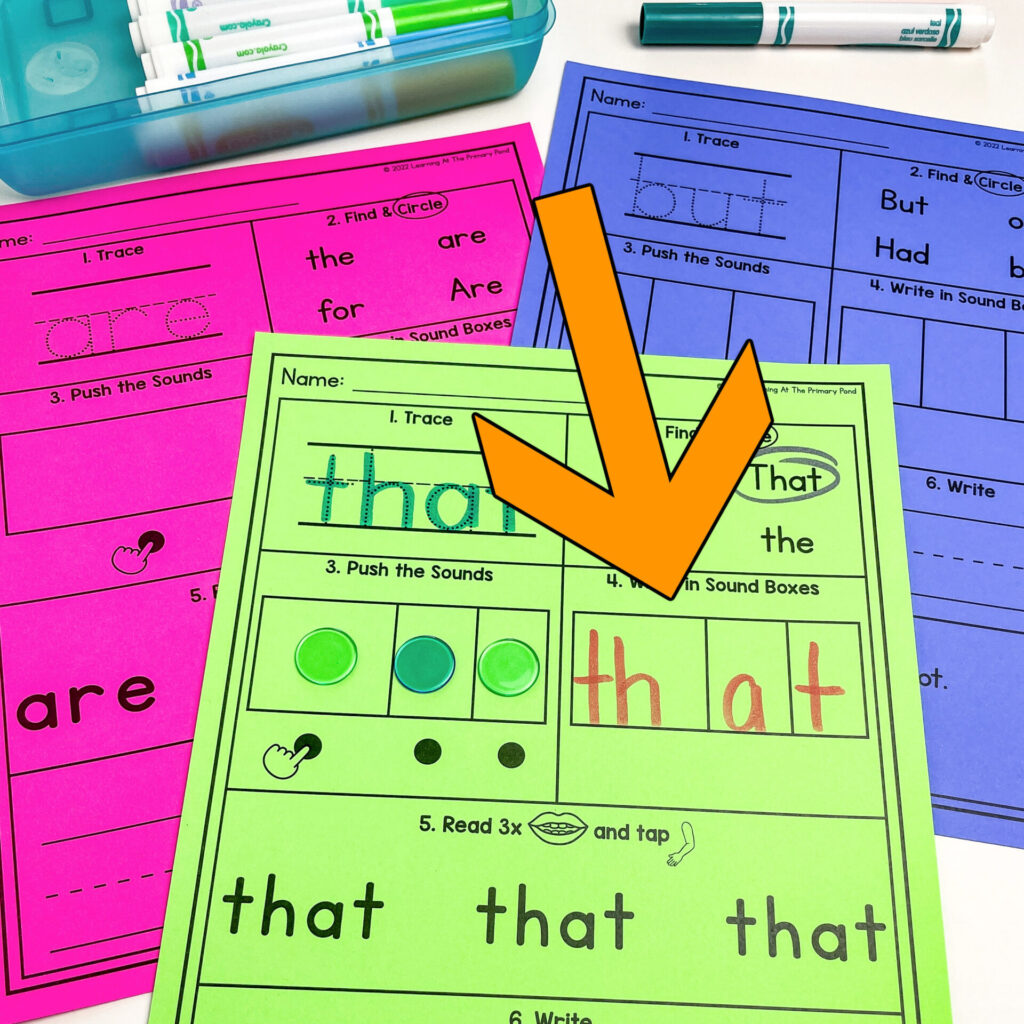
In this case, the t and h are working together to represent the /th/ sound, and the a and t are in their own sound boxes.
Word mapping is a simple, effective strategy to help kids see the relationships between the letters and their sounds in a word.
Word Mapping Materials
The materials shown above come from my high frequency word focus sheets, which are great for helping Kindergarten, 1st grade, and 2nd grade students master high frequency words – both regularly and irregularly spelled!
Check out these options below:
- Fry’s First 100 Words Focus Sheets
- Dolch Pre Primer Focus Sheets
- Dolch Primer Focus Sheets
- Dolch First Grade Focus Sheets
- Dolch Second Grade Focus Sheets
- Editable Focus Sheets
Happy teaching!

